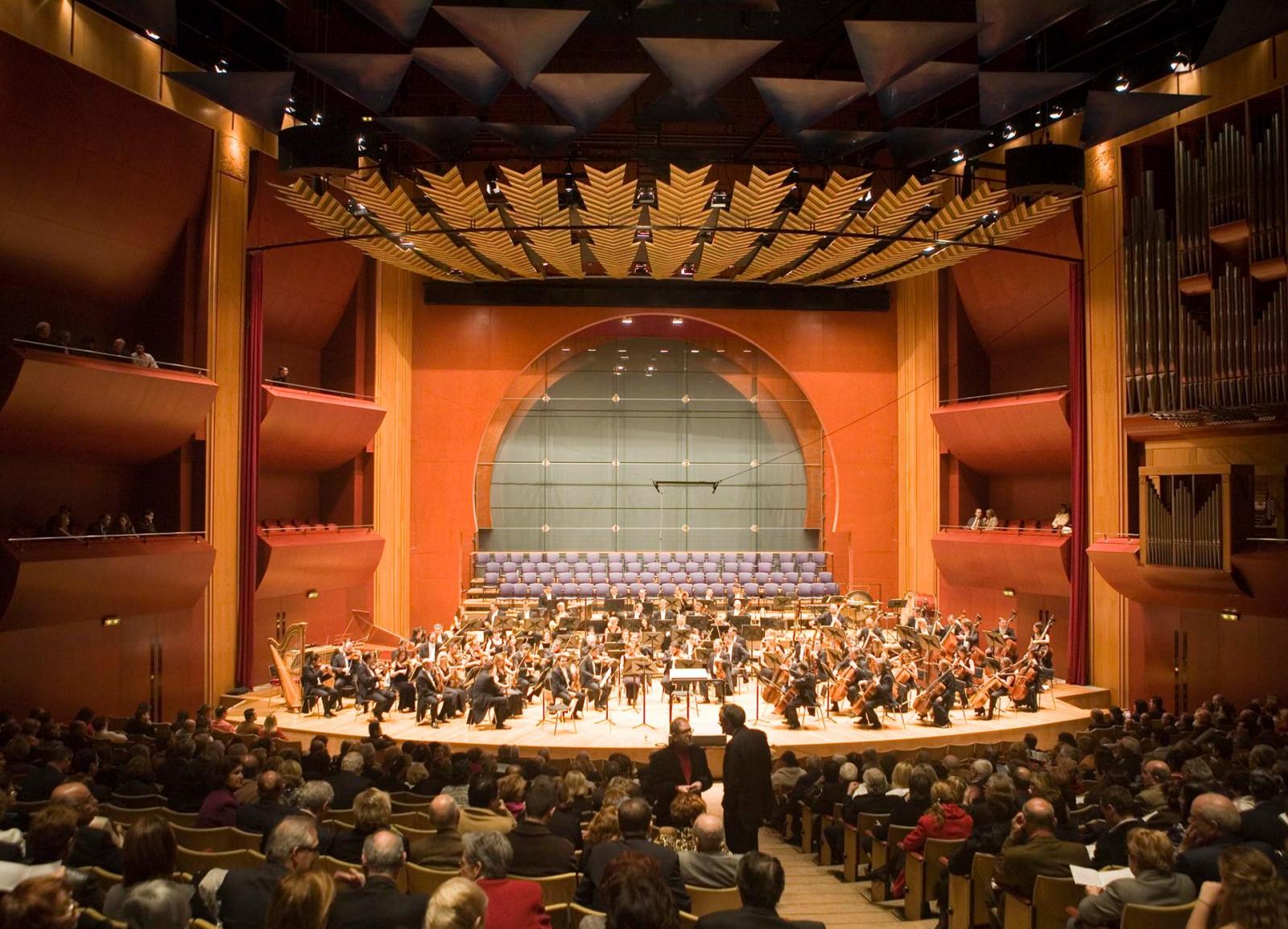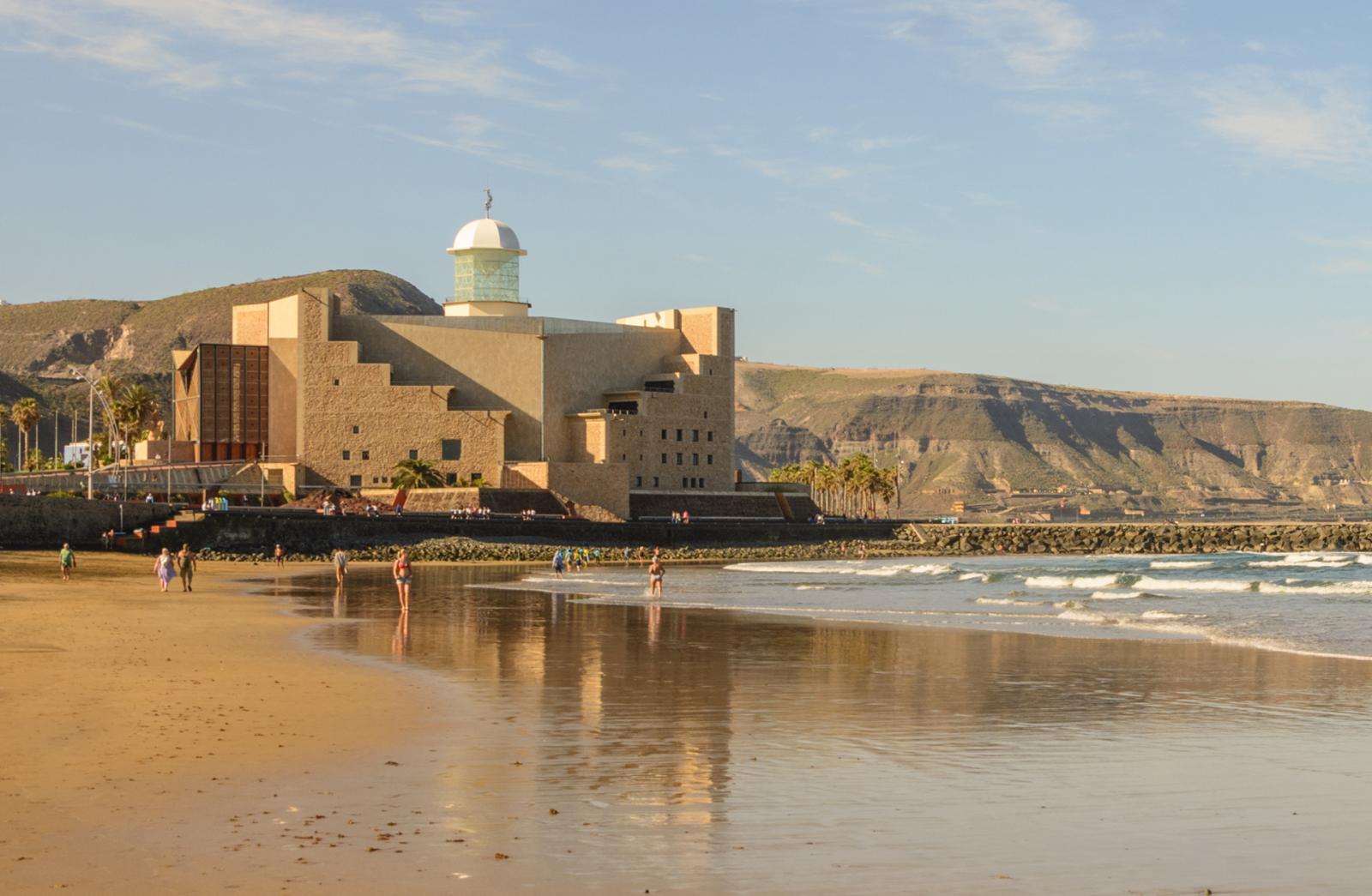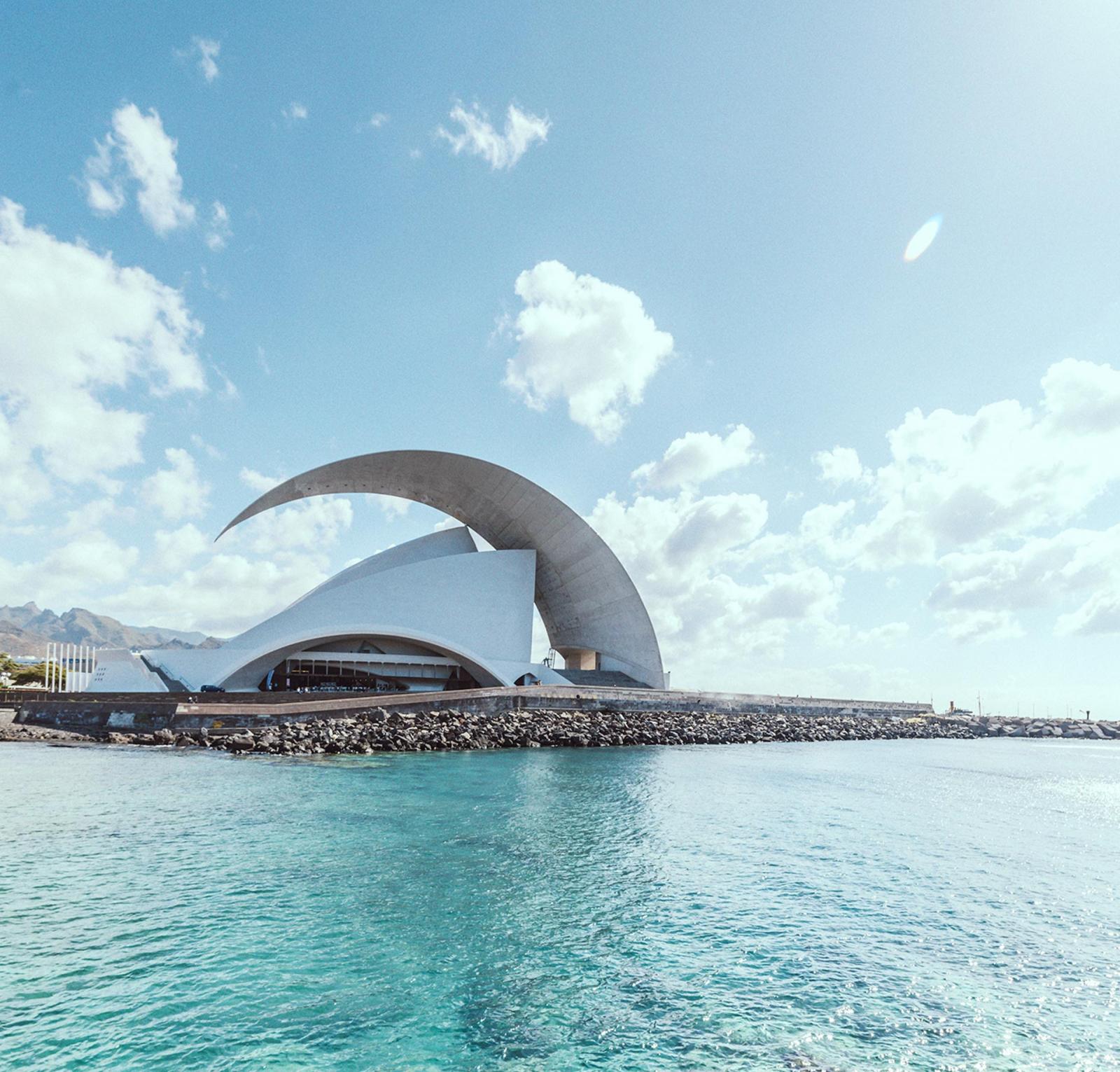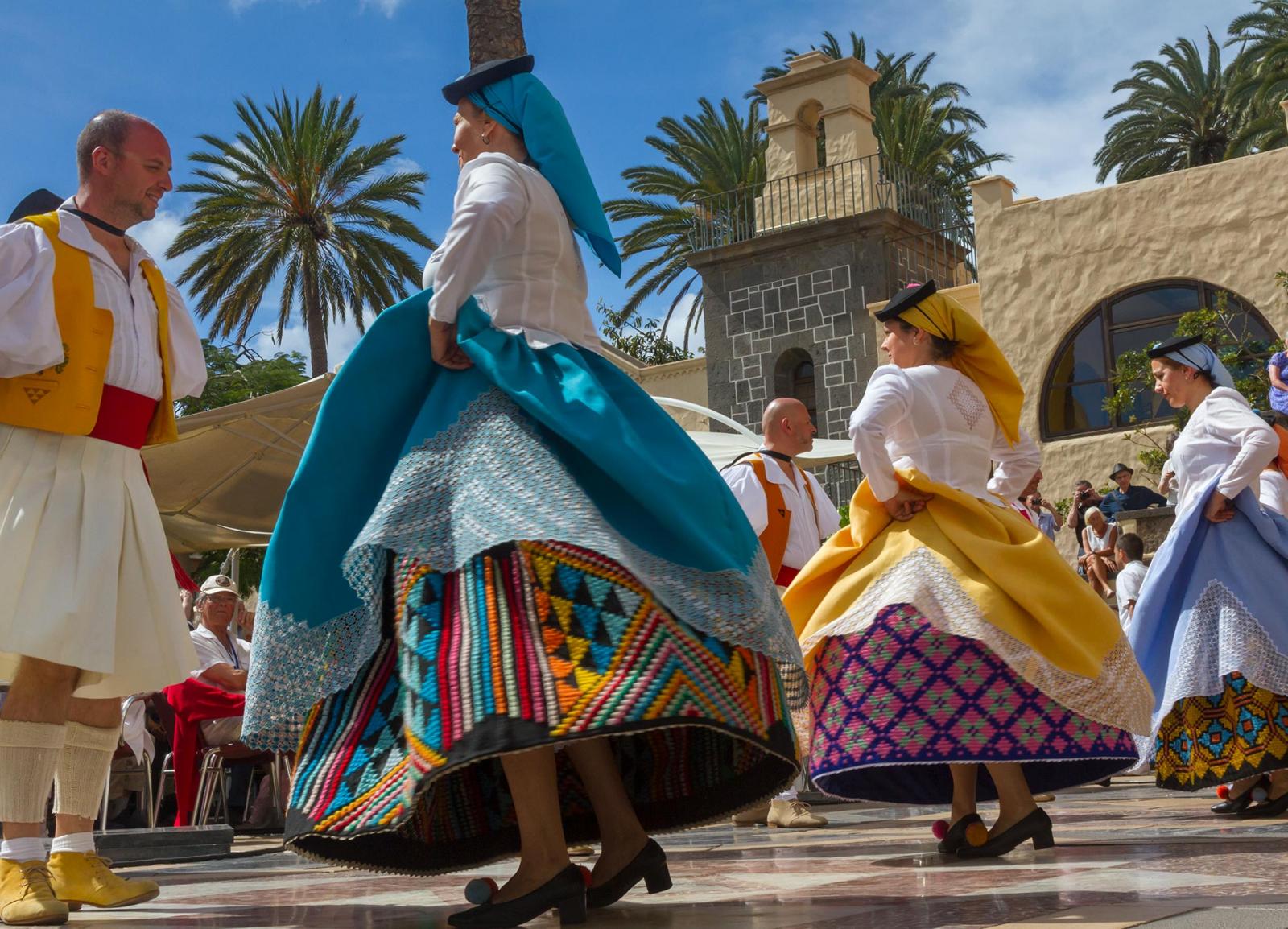Traditional Canary Islands music has its deepest roots in the culture of the first islanders. However, over time, it has gradually forged its own personality, without losing its essence, but taking inspiration from numerous influences, which has given rise to a style that is much more varied than it was originally.
Music has been an instrument for establishing bonds and uniting people at different stages of life in the Canary Islands: the ‘aradas’ and ‘trillas’ in the countryside, the ‘ranchos de ánimas’ in some festivals, and the ‘folías’, ‘isas’ and ‘malagueñas’ for dancing. You will learn a little more about Canary Islands culture by listening to them at traditional, local festivities.
The Canary Islands International Music Festival
After providing excellent performance quality for over 30 years, the Canary Islands International Music Festival is now consolidated on the international scene as one of the top classical music festivals in the world. Not in vain is it the first date on the European music calendar every year, as it starts in January and continues into February, which is possible in the Canary Islands thanks to the mild temperatures all year round.
Alfredo Kraus Auditorium
Also known as the Las Palmas de Gran Canaria Auditorium, it is named after Alfredo Kraus, the most popular and international tenor from the Canary Islands, in gratitude for his work in the world of music. Designed by the architect Oscar Tusquets and standing on a base of volcanic rock, its 16,750 m2 surface area houses 25 halls that also host some of the concerts in the Canary Islands International Music Festival.
Adán Martín Tenerife Auditorium
Formerly called the Tenerife Auditorium, its current name pays tribute to the former president of the Canary Islands Government, who was behind the building of it. Its striking, modern design with clean lines and curves is the work of the famous architect Santiago Calatrava. A real tourist attraction, its full programming offers concerts of varying styles of music and shows of different kinds of performance arts.
Traditional instruments and dancing
The Canary Islands have numerous instruments of their own, such as ‘chácaras’ (like a castanet), the ‘pito herreño’ (a kind of whistle), the La Gomera drum, the El Hierro drum and, of course, the king of Canary Islands instruments: the ‘timple’. They are all played at local festivities, adding the beat for ‘bailes de magos’ (a traditional dance) and pilgrimages with lots of different kinds of music and dancing, such as ‘sirinoques’, ‘sorondongos’, ‘isas’, ‘seguidillas’, ‘endechas’ and ‘siotes’.






